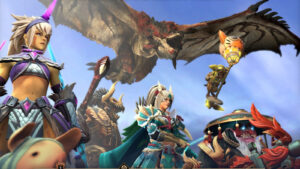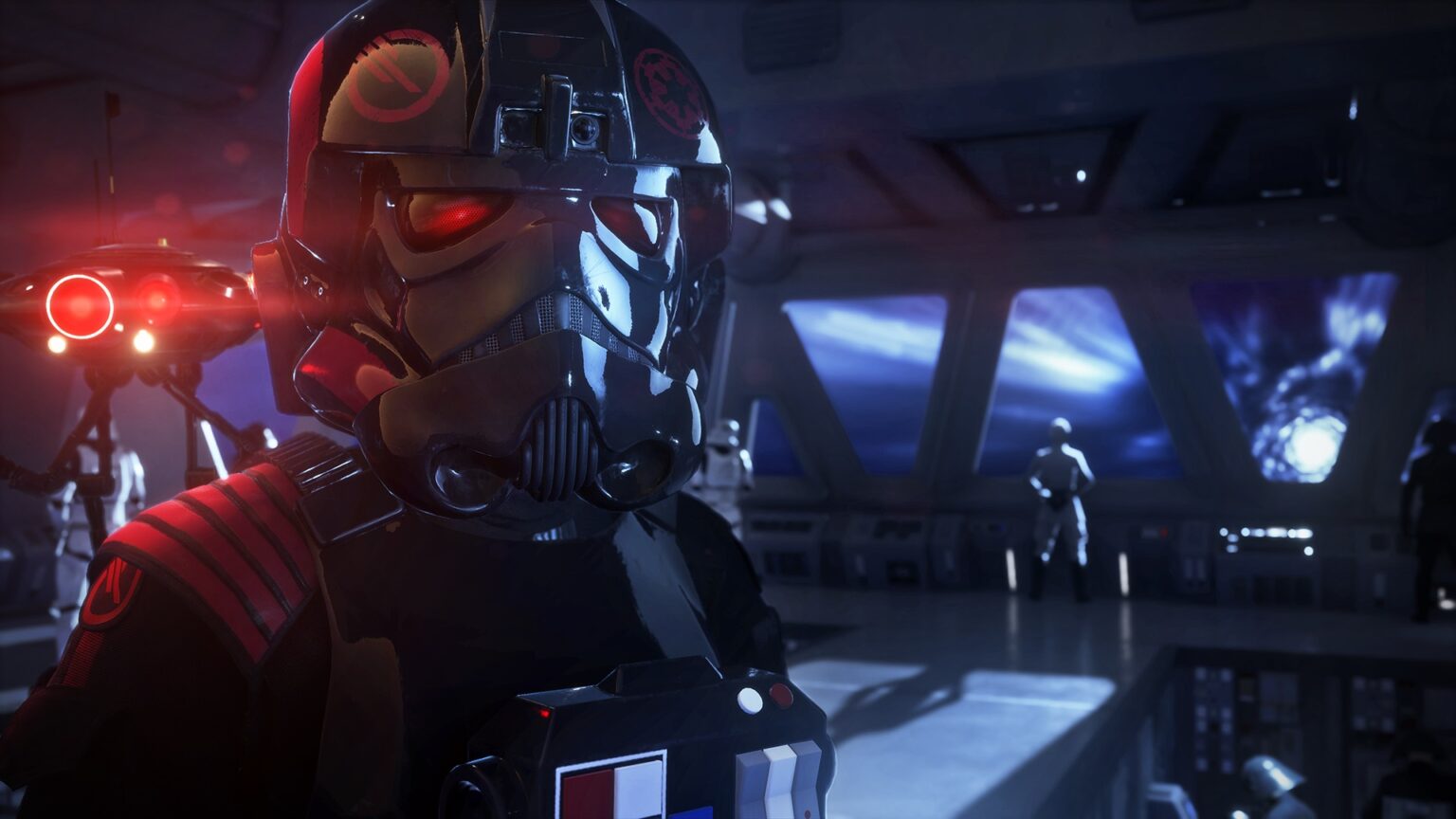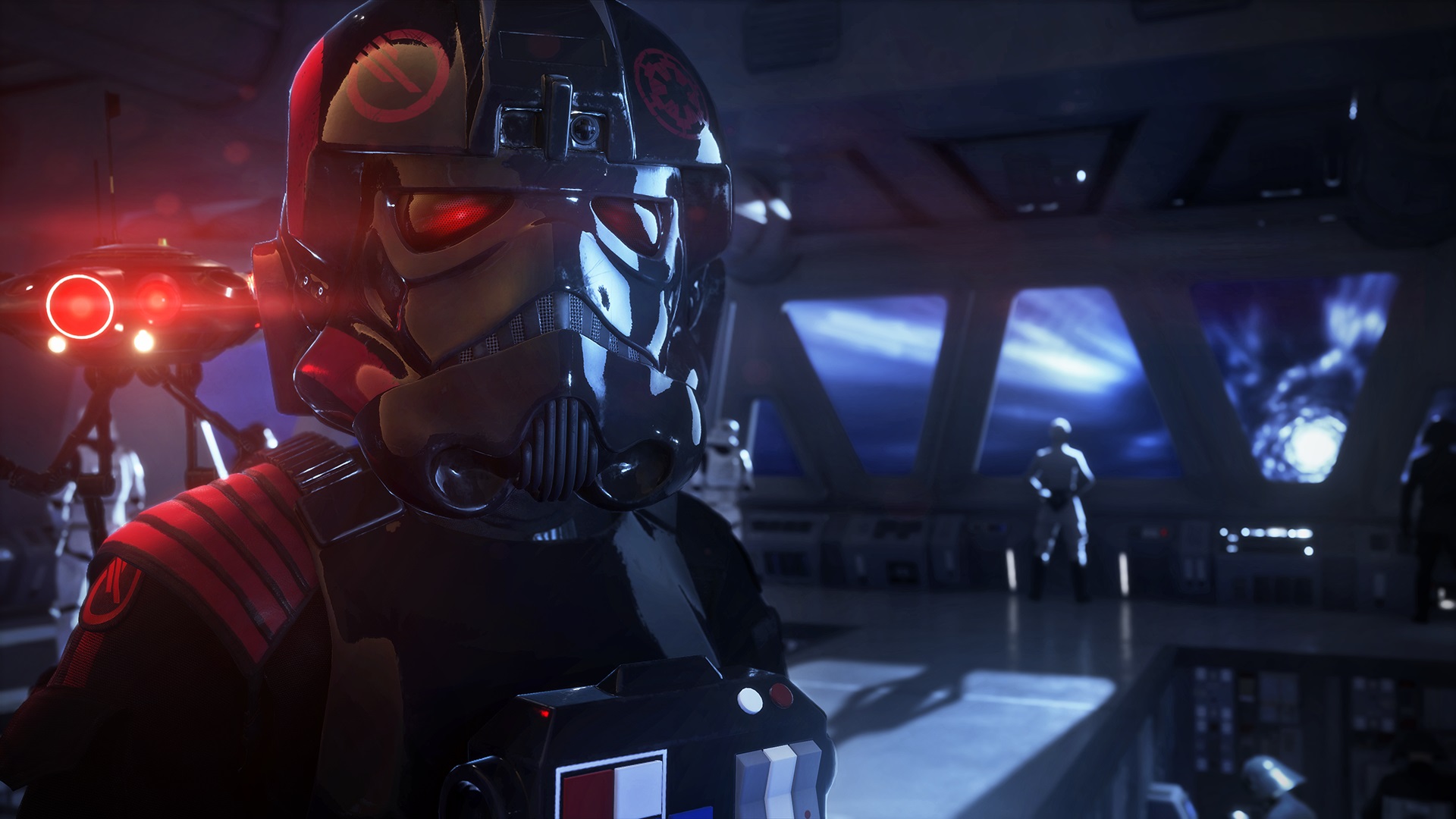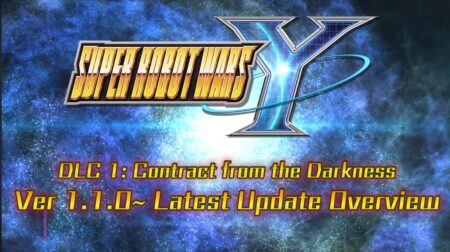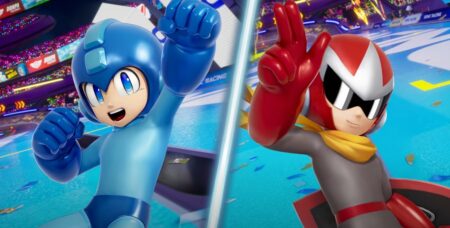UPDATE: 3:11PM, 11/18/2017.
The author purchased Star Wars Battlefront II as promised:
ORIGINAL STORY
When Star Wars Battlefront launched in 2015, I immediately went to the mall and bought the game. I was sold, it was visually stunning, the sound effects were spectacular, and the multiplayer was good… until it lasted. It felt empty after playing it a couple of months, then the DLCs came out and I didn’t have the budget. Devastated, that’s what I felt. But I had the patience for Battlefront II to come out. And here I am, waiting for Star Wars Battlefront II to release this Friday.
With all those loot boxes and microtransactions that would eventually give the players an advantage, the community rallied and voiced their opinion after the beta last month, and even until now, on Reddit, that one thread was a massacre. Despite Electronic Arts’ reputation, I still give them the benefit of the doubt. I don’t want to be blinded with resentment when I review a game, especially this one in particular. I love Star Wars, I’m a fan, but my fandom wouldn’t lead me into giving the game a high score if I know that it doesn’t deserve it.
But before you continue to read, I want everyone to know that a pre-release code was provided to me yesterday by Electronic Arts. To shred the “bias” or “paid to give a good score” connotation, I will update my review this Friday to show you that I bought the game, and that there’s nothing free when it comes to this. I’m a consumer like everyone else, and it stays that way.
So, let’s move on to the review now, shall we?

Platform Reviewed: PS4
Platforms Available: PS4, Xbox One, PC
Publisher: Electronic Arts
Developer: DICE, MOTIVE, Criterion
Release Date: November 17, 2017
MSRP: $59.99
This final review is based on a Deluxe Edition pre-release code provided by Electronic Arts. You can read the review-in-progress here.
Star Wars Battlefront II is still made to focus its resources to multiplayer, but the added campaign bridges the gaps of Return of the Jedi and The Force Awakens. As what I’ve stated in my review-in-progress, the Star Wars tale here in Battlefront II is Star Wars-grade – when I say this, it has the quality of a great Star Wars story told. As the story focuses on Commander Iden Versio and Inferno Squad, the Galactic Empire is already at its last stand to fight back against the Rebel Alliance.
The events happened in Return of the Jedi when the Rebels were going to launch a massive operation against the second Death Star. It was Versio’s task to retrieve the intercepted Imperial communication about its “surprise attack”. Then the plot followed strictly from the Battle of Endor to the Battle of Jakku. The beginning had me, Battlefront II’s campaign showed that it had the knack of giving a great experience. You were introduced to stealth mechanics and as well as the semi-linear maps for you to take different approaches at situations. There were also space battles against X-Wings and defending a Star Destroyer above the planet of Fonder. It was exceptional!
But when I went into the campaign deeper, the gameplay was becoming too repetitive. Even if I had the freedom to go on full stealth or just run away from the enemies to head directly at the objective, Star Wars Battlefront II’s single-player momentum slowly faded. I was utterly disappointed. It felt like another “shooter” like Battlefield 1 and Call of Duty. There was no innovation or a distinct feature aside from its compelling story. I gotta hand it to DICE, Motive, and Criterion for working with Lucasfilms on the game’s remarkable plot and its epic battle sequences. Nevertheless, the flaws were easily overshadowed by how good the story was, but it was still a lackluster experience for 6 to 7 hours.
By all means, Star Wars Battlefront II looks incredibly beautiful. With DICE’s Frostbite 3 engine powering the game, it’s the most graphically enticing Star Wars game you’ve ever seen. However, even if it looks flawless and realistic, there is only minimal improvement over the first Battlefront (which still uses Frostbite 3). I’ve compared both entries, and the only difference I noticed was the improved lighting effects, reflection, and a smoother motion blur.

While I was disappointed with the game’s dull campaign experience, its multiplayer, however, was highly enjoyable! As what I have stated in the beginning, it’s the core of Star Wars Battlefront II. Even if there was no significant improvement with its maximum player count in the massive objective based 20 versus 20 Galactic Assault, I had fun – as well as with the other modes like Blast, Strike, and the awesome Starfighter Assault.
With Starfighter Assault as one of the newest modes, it focuses more on objective-based play unlike the regular dogfights we’ve experienced in Pandemic’s iteration of Battlefront II. It does provide a lot of excitement, and sometimes frustrating moments. Kudos to Criterion for making such an awesome mode!
What made the multiplayer great was its locations. You get to battle with your friends and other players in the beaches and trees of the Wookie home-world Kashyyk, defend the Royal Palace in the city of Theed on Naboo, and at Maz Katana’s castle in Takodana. It was home to me, and the multiplayer reminded me of Pandemic Studios’ Star Wars Battlefront II without microtransactions and loot crates. And I have spent most of my time in Galactic Assault and Blast as they proved to be more engaging modes than Starfighter Assault and Strike.
DICE also brought character classes back. You can choose between Assault, Heavy, Officer, and the Specialist – each with its own special ability and power-ups. These power-ups are called Star Cards. Yes, I’m going to tackle the Star Cards here and how it affects the game’s balance. For starters, you will be given Loot Crates for you to open and get your first set of cards. With each card, there are rarity levels differentiated by colors like green as Uncommon and purple as the Rare types, and the cards are locked into specific classes and heroes. I like this decision from DICE as classes will have their own distinct boosts and perks.

You can also craft all common cards for the cost of 40 Craft Points which you can obtain by opening crates or by completing challenges. With Craft Points, players will also have the option to upgrade their Star Cards to the next rarity level if they’ve completed its additional requirements such as leveling the profile Rank to a specific level. However, there is still the option to buy Crystals with real money to gamble your way through loot crates to get the rarity level of the card you’re looking for. And this is where it gets a bit unfair for others. For some, it’s going to be a grindfest to get Credits to buy loot crates or gather enough Craft points and meeting the requirements for the card upgrade.
However, in the case that a player gets dozens of Rare and Uncommon cards through buying loot crates with real money, the player will still have to meet a Card level requirement before one can equip more cards. While it does slow greedy players down a bit, for those who put their efforts into grinding their way to the top, you don’t have to worry as getting Credits is surprisingly easy in Battlefront II. In my experience, I bought two Trooper loot crates for 8000 credits – 4000 each – and it left me around 10,000 credits after. Then, I played through a couple more matches and I eventually got 5,000 credits back by playing Blast and Strike for almost two hours. However, there is still a huge advantage in buying loot crates with real money since the Card Level is based from the total of rarity level you have in a specific class. For example, you have 1 common card (that’s equals to 1 level), then you have a rare card (which is equals to 4 levels), then you can already unlock your next card slot as it requires you to get a Card Level of 5.
Star Wars Battlefront II’s loot crate system will disgustingly encourage people to buy them as they are separated to specific types: Trooper, Hero, and Starfighter crates. This gives people the mindset that it’s easier to get Star Cards that they want as these crates are so specific with the types of cards they will pop out.

I do hate this approach, however, looking at the Crystal prices they cost around $4.99 for 500 Crystals and that’s roughly Php 250.00 in my country. It may be cheap, but each Trooper Crate costs 200 Crystals. So that means you can only buy 2 Trooper Crates with your $4.99, and you can push your Card Level up by getting cards. You can even get emotes, possible Credits, or Craft points without leveling your profile Rank through the buying loot crates with real money.
I would rather play 2 hours and a half and level my profile Rank, do challenges, and still get Credits to buy 2 loot crates without spending anything. It’s a fact that buying loot crates with real money will give some players the edge, but for what I experienced in my run through all of the game modes in multiplayer, players who have 2 rare cards in the other team can’t even win in a simple Blast match – skills are still important when playing shooters.
In the light of hope, the multiplayer is not broken and unbalanced. There is only a little advantage with the Star Cards and I was able to get first place, and even got awarded with MVP, against players with rare and uncommon cards. The modes are fun and wildly entertaining, it’s just sad that with the issue of microtransactions and loot boxes surrounding Star Wars Battlefront II makes the game look bad and gives potential buyers a bad taste in the mouth. Take my word if you’re reading this, the Star Cards can only give a player a minor boost and minimal advantage but you can still win matches and take that first spot.
Star Wars Battlefront II is a complete experience unlike its predecessor. Despite the undelivered single-player campaign in terms of gameplay, the story was grand, magnificent, and well written! And even though it’s riddled with microtransactions and loot crates, Star Wars Battlefront II delivered one of the best and smoothest multiplayer experience I’ve had this year, and I’m certainly satisfied.
